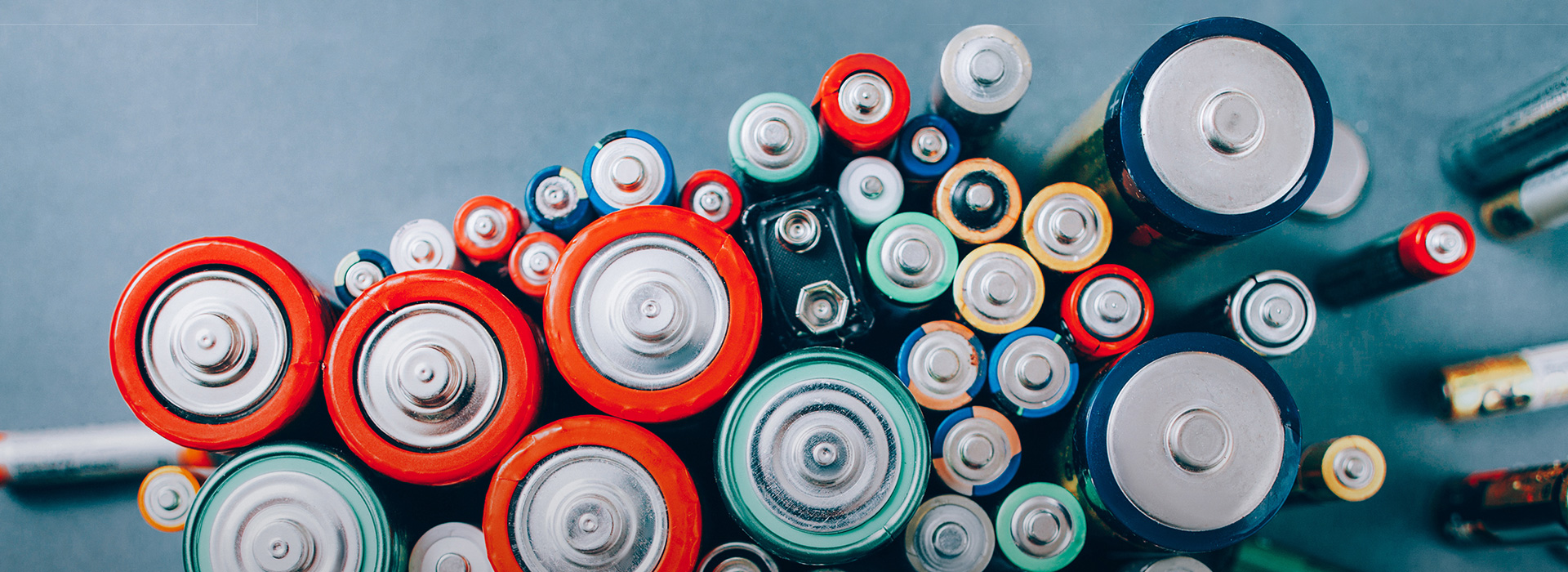Erion Energy
This report provides a detailed examination of the changing context for batteries globally, in the EU, and in Italy, and examines the context in which the new Battery Regulation is being introduced. The report examines the provisions of the proposed Regulation and how these will deliver the stated objectives for the EU. Finally, the report considers the implications for different actors within the battery value chain, how this compares with previous expectations, and how this will impact on the current context in Italy.

A new batteries economy
In Europe and globally, the battery landscape is undergoing a major shift. Global battery demand is projected to grow by 25% annually to 2030. The EU is expected to occupy a growing share of the global market, increasing from 17% to 26% by 2030. The corollary is the need for a much more strategic and sustainable approach to the management of batteries and the associated flows of resources, in the EU and beyond. As a result, the EU has sought to revise its legal framework surrounding batteries via a new Battery Regulation.
The need for circular systems
Moving from a linear to a circular batteries system is expected to be a key lever in ensuring the sustainability of batteries as the market grows. This can involve re-use, re-purposing, and recycling, which help to keep batteries products, components, and raw materials circulating through the economy and limit the need for primary batteries production.
The Proposal for a Regulation on batteries and waste batteries was adopted on 10 March 2022. The proposed EU Battery Regulation supercedes the Battery Directive and is aimed at:
- strengthening the functioning of the internal market;
- promoting a circular economy;
- reducing environmental and social impacts throughout all stages of the battery life cycle.
The new Battery Regulation
The proposed Regulation includes several novelties that will change the governance of batteries in the EU. A key overarching aspect of this initiative is the shift from a Directive to a Europe-wide Regulation, which will address the full lifecycle of a battery in one legal instrument with uniform application for all operators across the Union – ensuring a harmonised internal market and level playing field. The Regulation also develops a new batteries classification to better reflect new developments in the use of batteries, in particular the quick growth of electric road transport vehicles.
The Regulation introduces targeted provisions for specific batteries types and different actors in the value chain. Key changes fall into four groups:
- sustainability requirements to prevent and reduce adverse impacts of batteries on the environment. Requirements include, inter alia, a carbon footprint declaration, recycled content targets, and performance and durability thresholds;
- labelling, marking and information requirements to ensure transparency to better enable recirculation of batteries. These requirements include, for example, the set-up of an electronic exchange system for batteries information (i.e., battery passport);
- supply chain due diligence requirements to promote ethical raw materials sourcing, namely requiring the set up and implementation of due diligence policies verified by a third-party;
- end-of-life management requirements to improve Member State and EU-level performance, including new targets for collection rates, recycling efficiencies, and material recovery.

Conclusion
In the next decades, batteries are expected to play a crucial role in enabling the EU’s sustainable development and its transition to a climate neutral economy. Batteries will be leveraged to deliver emissions reductions in different sectors, namely in road transport via the electrification of previously fossil fuel-powered cars, and in electricity grids by supporting the integration of renewable energy via enhanced energy storage capacity.
The use of batteries to deliver decarbonised systems is anticipated as a primary driver of growth in the batteries market. With global battery demand projected to grow by 25% annually to 2030, the sustainability of battery value chains themselves is a key consideration. More circular battery value chains will be a key to enhancing batteries’ broader sustainability. The new Battery Regulation adopted on 10 March 2022 seeks to revise the EU legal framework surrounding batteries, by adopting a much more strategic and sustainable approach to the management of batteries and the associated flows of resources.
The proposed Regulation addresses the full lifecycle of a battery and introduces important changes for all the economic actors involved in the battery value chain. For example, new provisions on mandatory recycled content in batteries will require Producers to operate in close cooperation with recycling activities in order to close the material loop. Similarly, increased transparency regarding battery value chains, delivered via a battery passport, will facilitate data sharing between Producers and waste processors.
Collaboration among different actors along the entire battery supply chain will be pivotal to the timely achievement of the ambitious targets set out in the Regulation. The multifaceted nature of this Regulation, which sets requirements spanning from due diligence to product performance to transparency to end of life outcomes, highlights that delivering sustainability and circularity in batteries is a whole-value chain endeavour, and will not be possible without the concerted effort of all types of actors.
In Italy, the institutional landscape will continue to evolve, in response to both the Regulation’s new requirements and the growing batteries market, with domestic capacity in batteries manufacturing and recycling expected to grow through the decade. Producer Responsibility Organisations like Erion Energy will play a crucial role, not only in assisting their Producers in understanding and implementing the many new requirements introduced by the Regulation, but also in creating strategic value chain partnerships, and facilitating communication between Producers and recyclers for secondary raw materials. While the EU’s objective to scale the batteries value chain both rapidly and sustainably is ambitious, the framework provided by the Regulation means that European batteries actors now have a clear direction for the future.